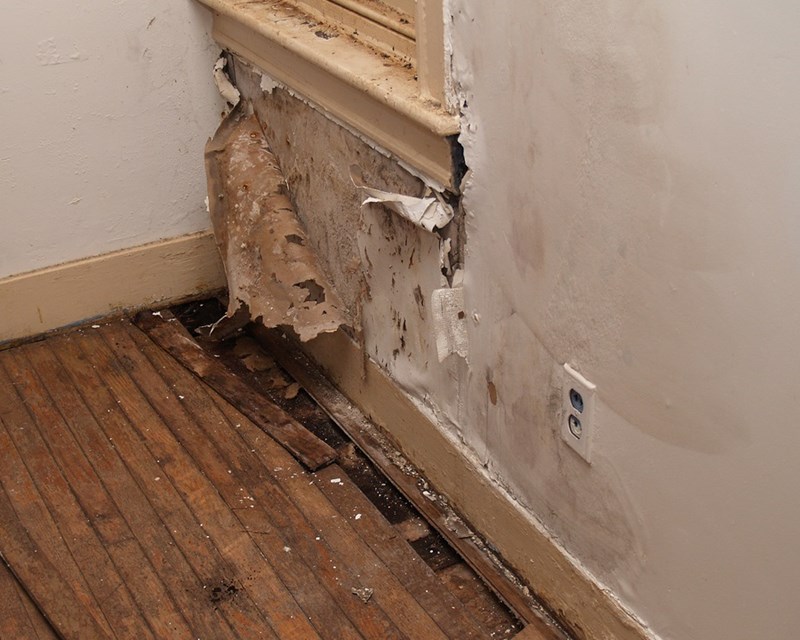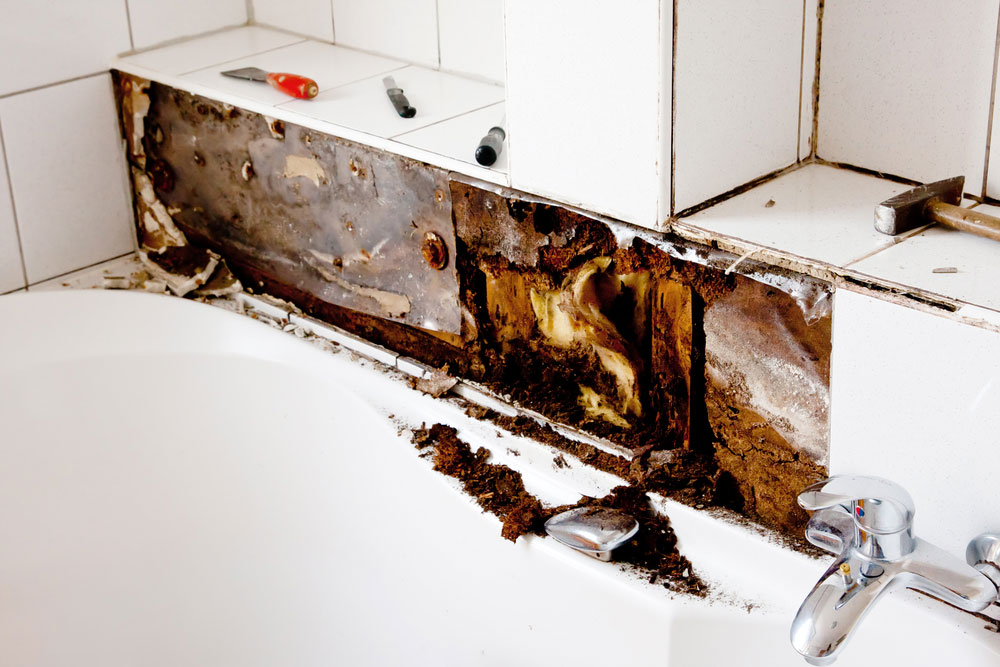In this article below you can locate more excellent details involving Looking for Signs of Water Damage in the Bathroom.

The washroom is incredibly vulnerable for wet build-up and also prospective water damage as a result of the frequent use water in it. This post offers straightforward evaluation strategies to help identifying water damage threats.
The regular use of water in the shower room makes it extremely susceptible for wet build-up and prospective water damage. By checking it regularly, you can decrease water relevant damages.
The complying with set of assessments is very easy to perform as well as must be done once in every 3 months in order to keep your bathroom in good shape and to avoid potential water problems caused by the bath tub, the shower, pipe joints and also plumbing, sinks, cupboards, and also the bathroom
Do not forget carrying out these examinations and be complete while performing them. Remember that these simple assessments can save you a lot of cash by offering very early indications for water damages
Bath tub as well as Shower
The shower and also bathtub need special interest and also maintenance. Examine the tiles as well as change if broken. See to it that there is no missing grout in between the tiles. Examine and also replace broken caulking at joints where the wall surfaces meet the floor or the bath tub. Obstructed drains and also pipes issues will certainly prevent the tub from drying out and may suggest significant problems underneath the bath tub. Consult with an expert promptly to stop structural damage. Focus on stainings or soft locations around the bathtub walls as they may suggest an inner leak.
Plumbing
Signs for water damage are difficult to find given that the majority of pipelines are installed inside the walls.
Pay special interest to floor covering and also wall surfaces moisture and spots as they might show an unseen plumbing problem. Check wetness levels in adjacent spaces too.
Sinks and also Cabinets
Sinks and also closets are exposed to moisture and also moisture day-to-day and are often overlooked. Inspect regularly under the sink and on the countertop above it. Repair any drip in the trap as it may suggest drain problems. Take a look around the sink, slow draining pipes may indicate a blocked drain. Replace sink seals if they are cracked or loosened.
The Commode
The commode is an at risk water joint. Examine the water lines as well as look for leaks around the bathroom seat, in the hose pipe, and under the water tank. If you detect any signs of dampness on the flooring around the commode, check for leakages in the toilet edge and also storage tank seals.
Understand that hanging bathroom bowl deodorants raises the opportunities for blockages.
Water Damage Signs In The Bathroom To Avoid Cleanup
Musty smell
This is one of the easiest signs to catch because musty smells are so odorous. The damp, earthy, moldy smell should be a big red flag. The smell will develop when moisture gets trapped in surfaces, and begins to facilitate mold growth. Leaking pipes under cabinets, inside walls, and behind shower fixtures will cause moisture to stay trapped and not dry, which will lead to mold growth and spread. As soon as you notice any musty smells in your bathroom, have it checked for hidden water damage and cleanup signs.
Visible mold
If the smell isn’t there to give it away, sometimes you will actually see mold growth. Finding mold in your bathroom is a serious problem, because mold is very harmful to your health. By the time mold growth is visible, it also means that water damage has already occurred and been present for some time. The only way the mold problem can be resolved is to find the source of the moisture and get it stopped. To safely and adequately remove mold, you need to have professionals handle the remediation. Do not waste any time in getting mold problems addressed, fixed, and sanitized so that you can protect you and your family from the many respiratory symptoms caused by mold exposure.
Damaged floors
Bathroom floors should be able to withstand some exposure to water while still remaining in good condition. However, when excess exposure or water leaks occur, they will begin to damage even the most water-resistant flooring. If you notice any cracking, bubbling, staining, or warping on your bathroom floors, there is probably a water leak somewhere causing the distortion. If you notice areas of the floor have become softer, or even have a spongy feeling, there is probably damage to the subfloor. Subflooring is typically made up of plywood. When plywood is exposed to water or moisture, it will absorb it. Once it has become saturated, the weight of the excess water will cause the wood to swell and soften. Check the floors in your bathroom frequently to catch any of these sings before they lead to damaged subflooring.
Changes on walls
When water leaks behind walls, it will cause changes in the drywall. Peeling plaster, blistering paint, and soggy wallpaper are all good indicators that excess water is building up behind the wall. Water leaking behind drywall will cause it to swell and be soft to the tough. If you start to notice gaps along the trim of your walls, or where tile meets the wall, it could also be a strong indicator that there is a leak behind the wall. Any changes, distortion, or damage on the walls should be evaluated as soon as you notice it to prevent further water damage and cleanup.

I have been very serious about How to Repair and Prevent Bathroom Water Damage and I really hope you appreciated the blog posting. Do you know about someone else who is fascinated with the subject? Please feel free to share it. Thanks for taking the time to read it.
Book A Service Call